
Aussie anxiety fuelling AUKUS submarine social licence
Global volatility reflected in the mood of the nation is giving the federal government the necessary social licence to push on with the AUKUS submarine project, the defence minister says.
Public trust has been achieved in communities across the nation but it’s an ongoing job that requires “constant nurturing”, Richard Marles told the Submarine Institute of Australia conference in Perth on Wednesday.
“People’s heads are in the right place,” he said.
“People do have a sense of anxiety that the world is a pretty complex and volatile place.
“That is how I would describe the mood of the nation, and that does give a basis upon which you can then provide a narrative about why we would be spending a very considerable amount of money on this particular platform.”
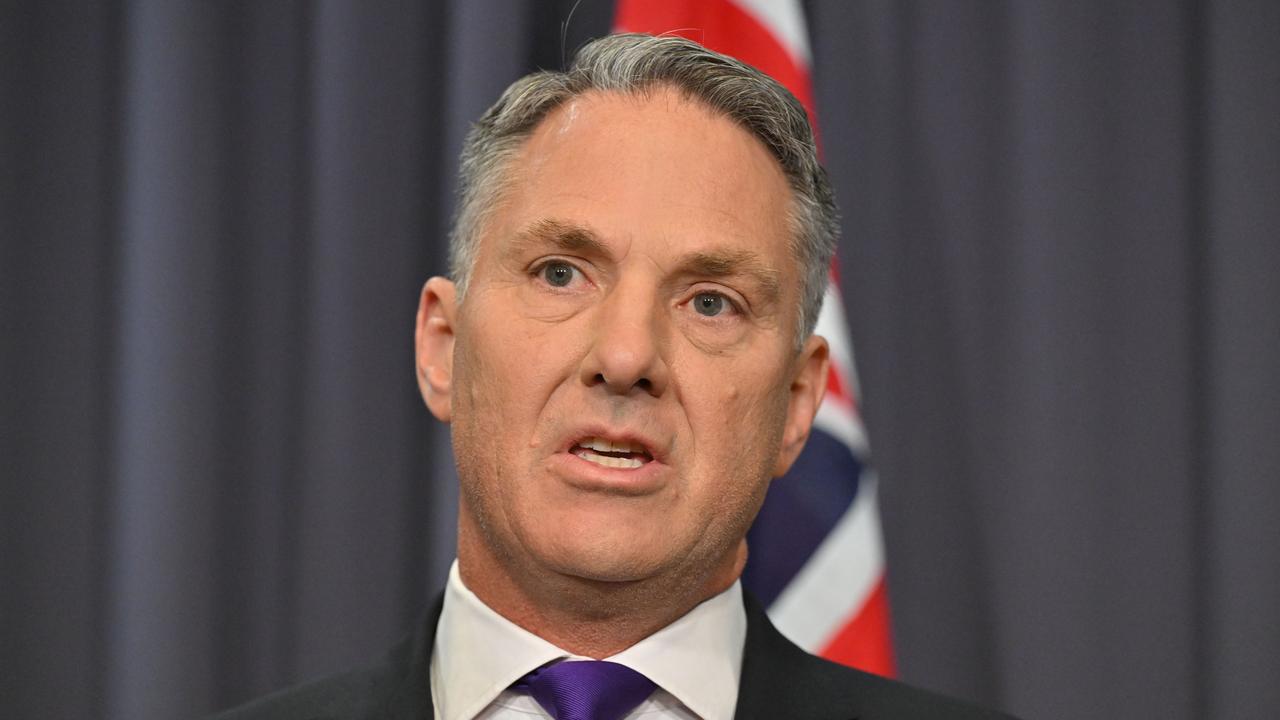
Mr Marles said Australia was providing submissions for the US AUKUS review and was “fully across” its process and timing.
The review should “pull no punches” about areas where improvement could be achieved, he said.
“Obviously there are areas where we would like to be going faster than we are,” he said.
“It would be extraordinary to be standing up here and saying everything is tickety-boo.
“Things are pretty good, like I really think the glass is more than half full, but there is absolutely room for improvement.”
Australia continues to take significant, groundbreaking steps in preparation to receive, build and operate nuclear submarines, but the timeline was tight, he said.
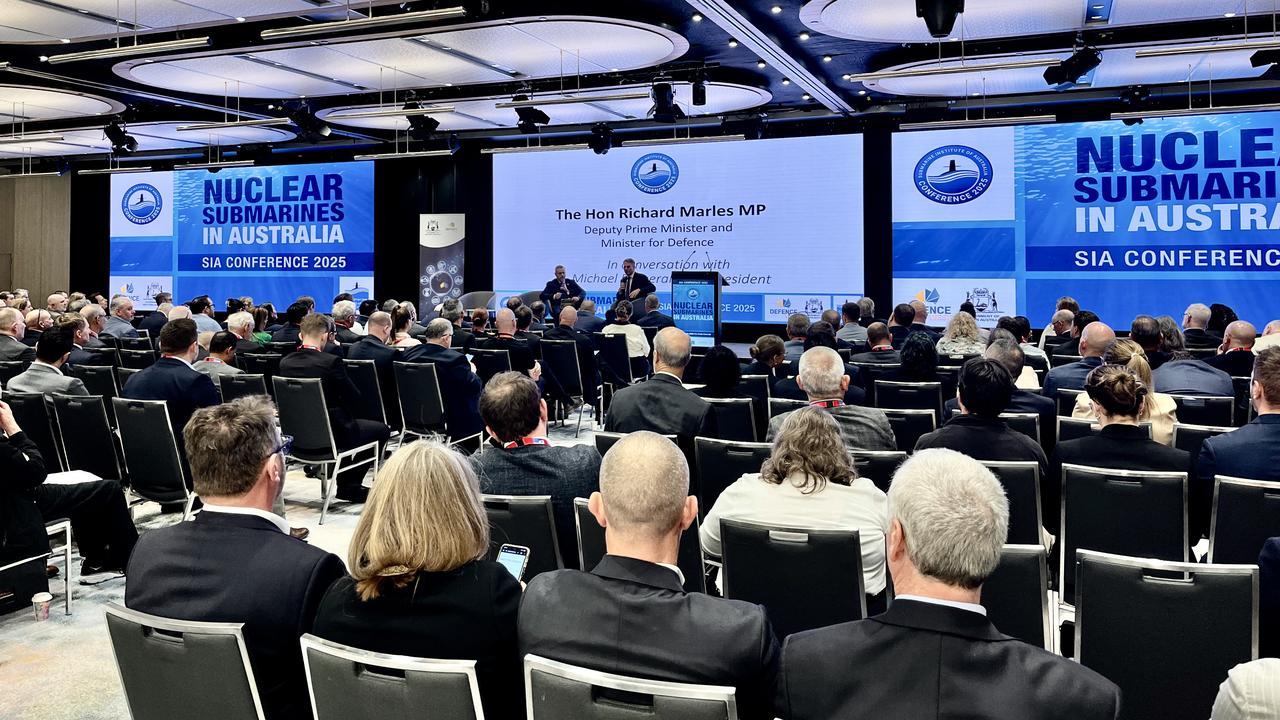
“I’m acutely aware that a milestone missed now cascades into other milestones becoming much further delayed down the track,” Mr Marles said.
“So there’s a relentless focus right now to make sure we are not letting any milestones slip.”
The trilateral security pact between Australia, the UK and the US to supply nuclear submarines at an estimated cost of $368 billion has been slammed since it was announced in March 2023.
Former prime ministers Malcolm Turnbull and Paul Keating and former Labor foreign minister Gareth Evans are among those who have criticised the deal amid ongoing protest across the nation.
The Australian Greens also oppose the pact, along with the members of the Australian Anti-AUKUS Coalition, which is made up of peace, community, environment, social justice, independence, faith and socialist organisations and unions.
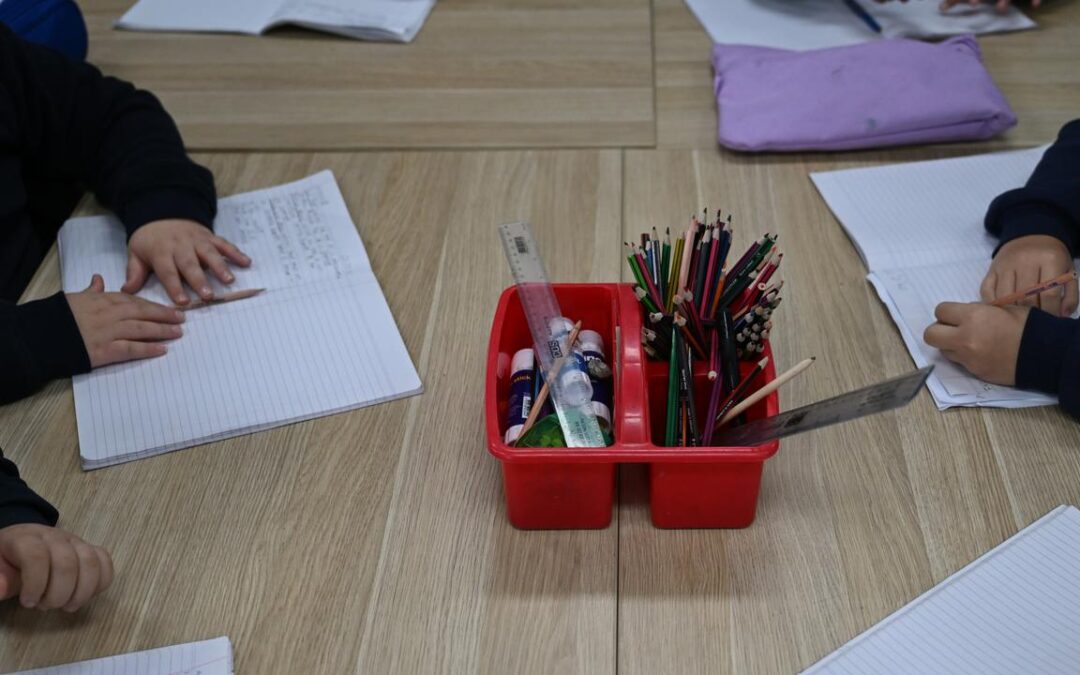
The wrong fit: children with autism moved off NDIS
Children with autism who rely on the NDIS for support will be diverted to a new program, touted by disability groups as a “once-in-a-generation” reform.
Disability Minister Mark Butler used a speech at the National Press Club on Wednesday to say the NDIS was not the right fit for the growing number of children on the autism spectrum or with development delays.
A separate program called Thriving Kids will be set up to focus on those children previously covered by the NDIS.
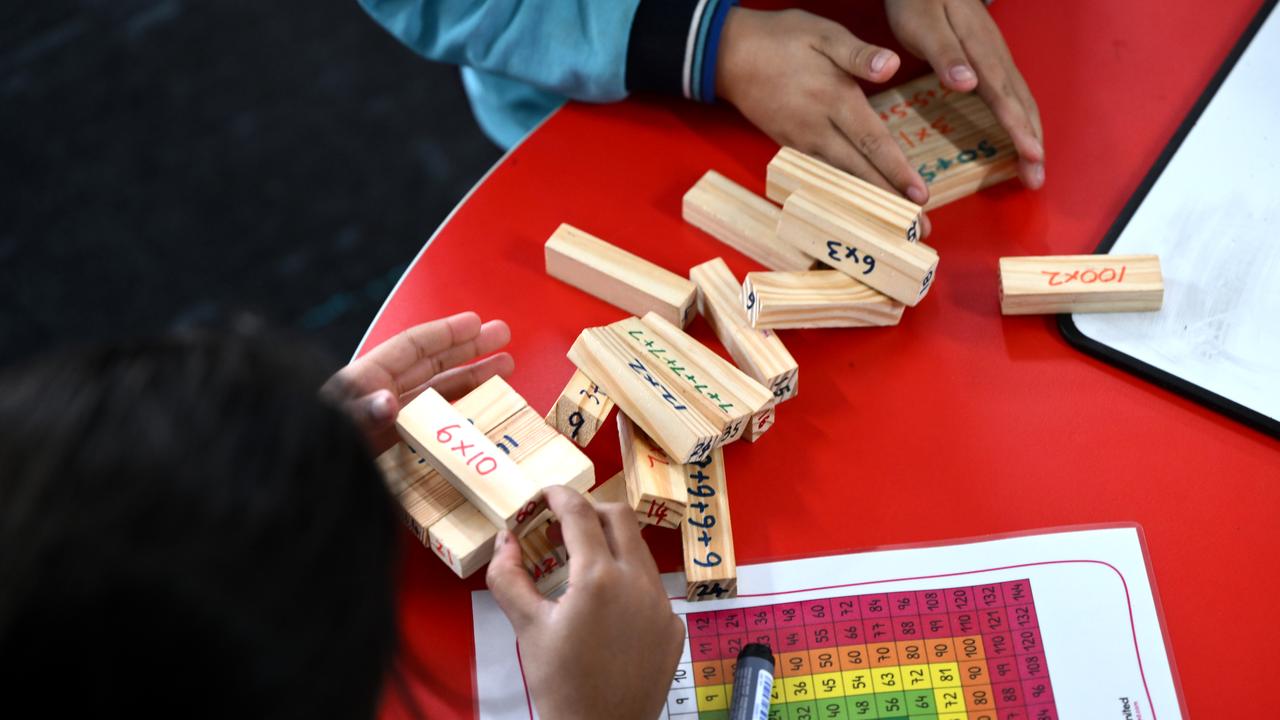
It will begin rolling out from July 2026 and be fully implemented by July 2027.
Children with autism on the NDIS would not be steered from the scheme until supports were fully rolled out, the minister said.
“I know this will be hard for some parents to hear and I don’t say it lightly,” Mr Butler said in the speech.
“We need as a matter of some urgency to create a better system that will enable our children to thrive.
“Diverting this group of kids over time from the NDIS is an important element of making the scheme sustainable and returning it to its original intent.”
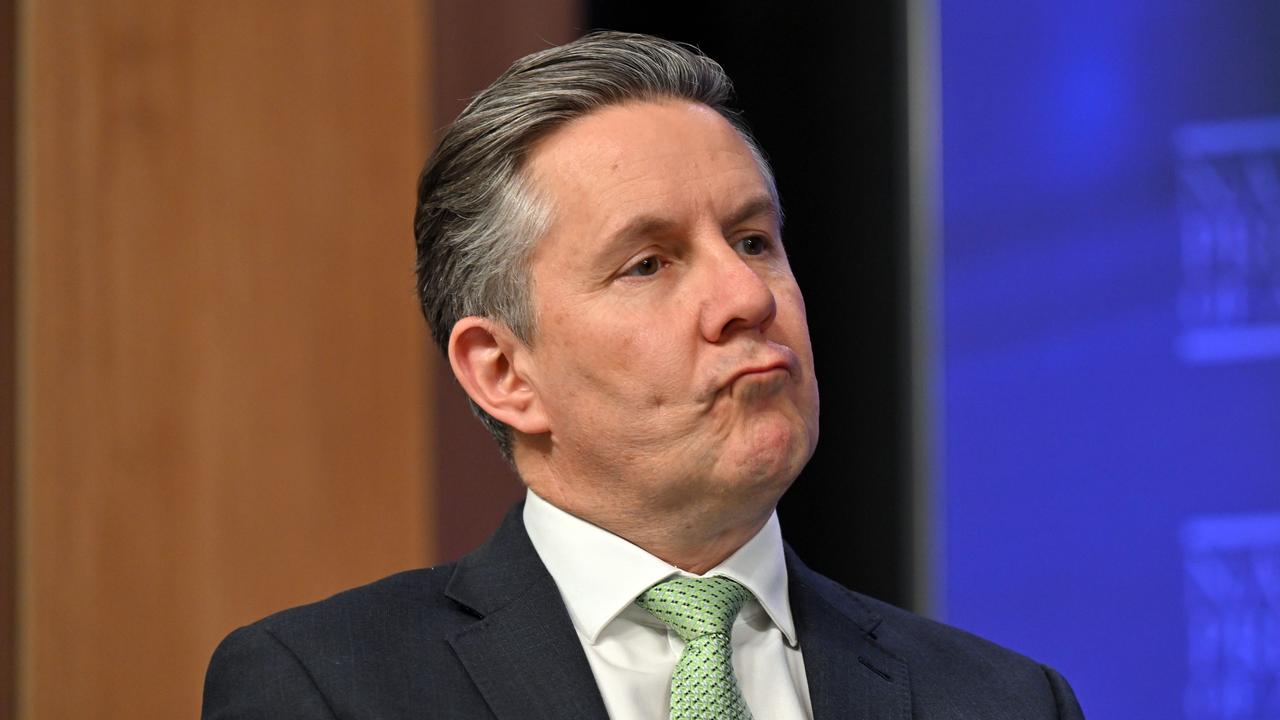
Medicare items for occupational therapy, speech pathology and psychosocial therapy would be considered for the program, including a bulk-billed check-up for three-year-olds, Mr Butler said.
The government would start by making a $2 billion contribution, matched by states and territories.
Early intervention strategies were key for ensuring children received the right support, Autism Awareness chief executive Nicole Rogerson said.
“(Thriving Kids) potentially has the opportunity to be a once-in-a-generation change in how we look at developmental pediatrics,” she told AAP.
She said what Mr Butler was doing was “pretty rare for a politician” because he was “owning what the problem is”.

Ensuring the program was in place before children were moved from the scheme was reassuring, People with Disability acting chief executive Megan Spindler-Smith told AAP.
The minister said while one-in-50 people had a significant disability which would be covered by the NDIS, one-in-five young children were on the autism spectrum or had a developmental delay.
Parents had little choice but to put their children with autism on a scheme designed for permanent disability, Mr Butler said.
“Families who were looking for additional supports in mainstream services can’t find them because they largely don’t exist anymore and in that, all governments have failed them,” he said.
Mr Butler said the changes would help to bring down the cost of the NDIS, with taxpayers set to fork out more than $52 billion for the scheme in 2025/26.
Laws passed in 2024 put in place a cap on spending growth of eight per cent per year.

But the minister said the existing level of growth was unsustainable and a cap of between five and six per cent would be more effective.
“After we achieve our current target, a further wave of reform will be needed to get growth down to a more sustainable position,” he said.
“There’s no significant change in disability prevalence in the community and the scheme is now fully rolled out. So growth should really reflect unit price inflation plus growth in Australia’s population.”
Autism peak body Aspect said families needed the right level of support.
“Given the number of autistic children we support through our schools and therapy programs, families must have confidence there will be continuity of supports, real choice and control, and no gaps during the transition,” chief executive Jacqui Borland said
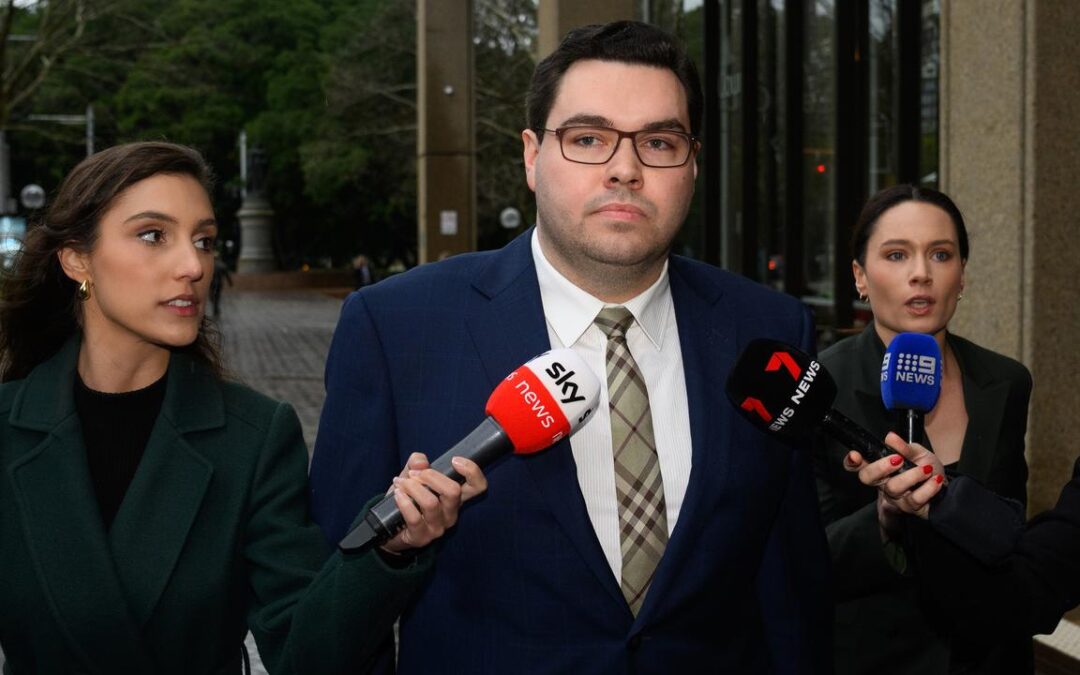
Lehrmann called ‘national joke’ on return to lion’s den
Bruce Lehrmann has challenged damning findings from a landmark defamation case, arguing not all rape is violent as his tattered reputation takes another beating.
The former federal political staffer is appealing his loss to Network Ten and journalist Lisa Wilkinson, whom he sued over an interview they conducted with his former colleague Brittany Higgins on The Project in 2021.
In his ruling on the defamation case in April 2024, Federal Court Justice Michael Lee found Ms Higgins’ claims she had been raped by Lehrmann in parliament house in 2019 were proven on the balance of probabilities.
In his headline-grabbing decision, the judge quipped: “Having escaped the lions’ den, Mr Lehrmann made the mistake of going back for his hat” in reference to his doomed defamation bid.

Lehrmann’s lawyer Zali Burrows told the appeal court on Wednesday Justice Lee’s ruling, on the heels of an abandoned criminal trial, meant Lehrmann has become probably “the most damaged man in Australia”.
Media attention, aggravated by commentary from Channel Ten and Wilkinson, led to a flood of hateful social media comments aimed at Lehrmann, she said.
“He’s pretty much become a national joke,” Ms Burrows told the court.
She argued Lehrmann, 30, was denied procedural fairness because the facts found by Justice Lee were “starkly different” from the case run by Ten.
The ex-Liberal staffer had been “taken by surprise” the judge had adopted a “softer” sequence of events that had not been put to Lehrmann in cross-examination, Ms Burrows said.
She claimed Lehrmann had been accused of committing a violent rape but Justice Lee had found it was a “non-violent rape”, prompting Justice Craig Colvin to say he wasn’t sure he understood that concept.
Ten’s barrister Matt Collins KC contended the judge had found Ms Higgins’ rape was violent, and indeed: “All rape is violent”.
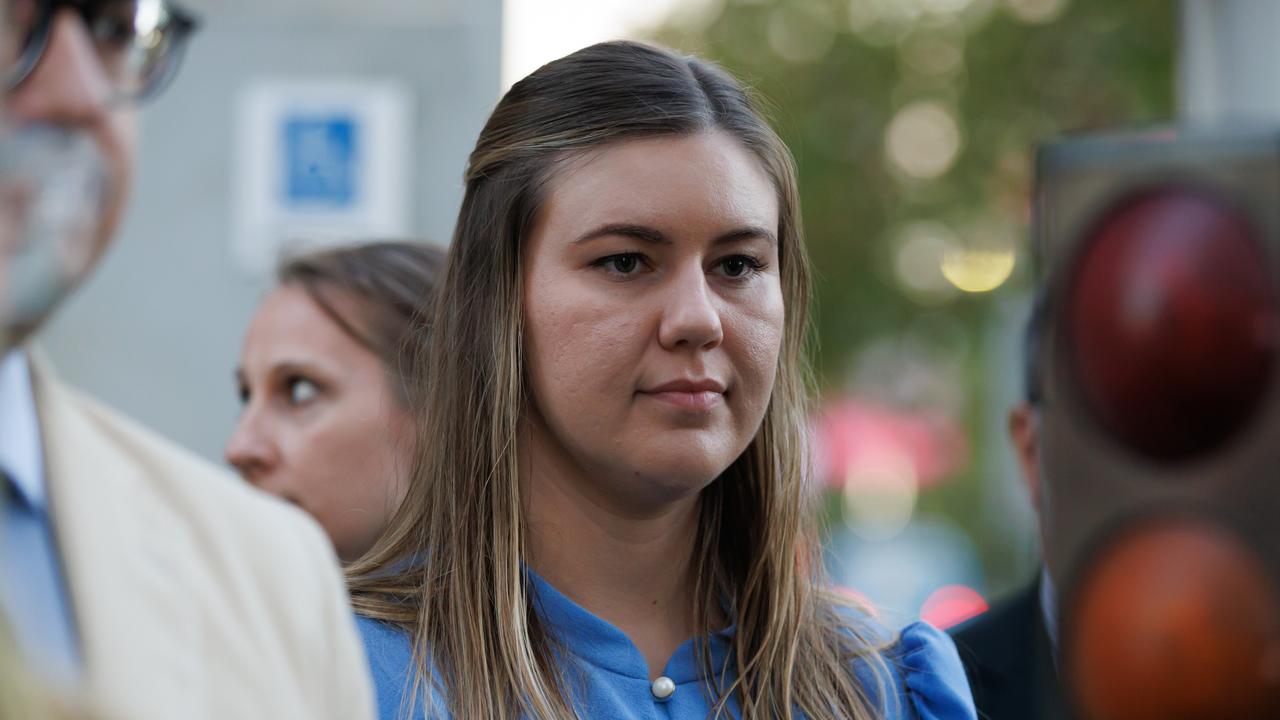
Lehrmann argued the judge was not satisfied about a number of the violent elements argued by Ten, including he had held open Ms Higgins’ legs.
“The sting of the (defamatory) imputation resides in the act of intercourse without consent, not in any detail of it,” Dr Collins said.
He rejected Lehrmann’s suggestions he should be awarded damages of more than $20,000 if successful on appeal.
Lehrmann raped Ms Higgins when he knew she was seriously intoxicated, continued raping her when she became aware, and left her in a state of undress, Dr Collins said.
“That is not a man with any reputation in respect of sexual morality that would warrant compensation,” he said.
He took issue with Justice Lee’s finding Lehrmann had been reckless as to whether Ms Higgins was consenting and urged the appeal court to instead find he knew she did not consent.
Ms Wilkinson’s lawyer agreed Lehrmann’s “level of indifference” could not be inadvertent and instead amounted to a definition of “intentional rape” as understood by an ordinary person.
“A young man who knows that a woman is very drunk knows that she cannot consent,” Sue Chrysanthou SC said.
“This is not a legal question, this is a question that is considered on the standards of the community.”

Lehrmann not only knew Ms Higgins was very intoxicated but encouraged her to drink, she said.
Both lawyers argued Lehrmann had been confronted with the main facts of the case as found by Justice Lee: that sex took place, Ms Higgins did not consent and Lehrmann had been reckless as to her consent.
Lehrmann maintains he did not sexually assault Ms Higgins and a 2022 criminal case against him was abandoned without any findings against him.
Earlier in the day, Ms Burrows apologised Lehrmann was not represented by a silk, telling the panel of judges he “really wanted” Guy Reynolds SC but “couldn’t afford” to engage him.
The defamation case and related appeal are among a host of court actions spawned by Ms Higgins’ allegation of sexual assault.
The Western Australian Supreme Court will next Wednesday rule on former Liberal senator Linda Reynolds’ high-profile defamation case against Ms Higgins, her former employee.
1800 RESPECT (1800 737 732)
National Sexual Abuse and Redress Support Service 1800 211 028

Lost trust prompts swift overhaul for childcare checks
Childcare workers will no longer be able to retain their clearance when authorities move to cancel it after a snap review laid out gaps exploited by predators.
The six-week review of Victoria’s childcare sector was triggered by Melbourne childcare worker Joshua Dale Brown being charged over the alleged sexual abuse of eight children at a centre in Point Cook.
Brown held a working with children check and worked at 24 childcare sites across the city before his arrest in May.
Parents’ trust in the system has been “horribly broken” since police lifted the lid on the alleged abuse in early-July, Premier Jacinta Allan said.
“To every family who has been hurt by these most horrific of allegations, I am truly sorry,” she told reporters after the review’s release on Wednesday.
The rapid review made 22 recommendations, including a major overhaul of the state’s working with children check regime.
The Victorian government has vowed to introduce legislation to state parliament next week to immediately suspend clearances while reassessments are finalised.

Under the change, workers who have their clearance refused, revoked or suspended will lose their review rights at the Victorian Civil and Administrative Tribunal.
Attorney-General Sonya Kilkenny said some workers were currently entitled to retain their check for 28 days when appealing the decision.
“It doesn’t happen in all situations but in some it does,” she said.
People under investigation for serious offences can still hold a permit to work with children in Victoria.
The rapid review suggested checks be suspended or refused when there are “credible allegations or patterns of behaviour” with children.
The trail of information that can identify a predator’s behaviour sits in too many places, with “breadcrumbs” and “red flags” missed.
A 2022 Victorian ombudsman report exposed serious flaws in the scheme after former Melbourne City Mission worker Alexander Jones was convicted of sexually assaulting a child in 2018.
Ms Allan deflected responsibility over the state government’s failure to act on that report, pointing out she wasn’t premier at the time.
“I wasn’t involved in those previous decisions,” she said.
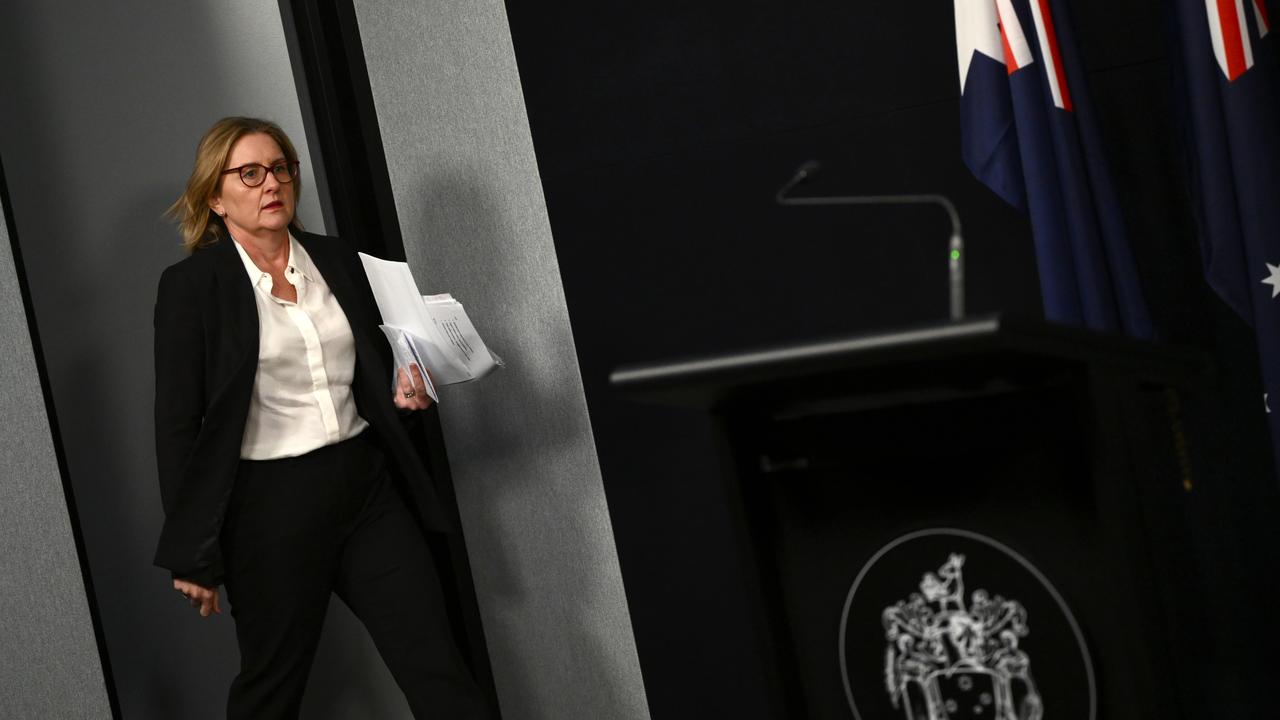
Victoria’s working with children check regime, along with the reportable conduct scheme, will be brought together under the same roof of the social services regulator.
The shift will be accompanied by a doubling of unannounced compliance visits under a standalone childcare sector regulator and harsher penalties for breaches.
“No matter how hard we try to keep predators out, some will get through,” said the review, led by former South Australian premier Jay Weatherill and veteran public servant Pamela White.
The review, however, stopped short of calling for mandatory CCTV in all childcare state facilities, suggesting a national trial instead.

It also didn’t recommend Victoria go it alone on staff to child ratios, calling for a national review to consider introducing a “four eyes” rule of two adults visible to each other.
All recommendations were accepted by the state government, with Ms Allan committing to roll out the reforms within the next 12 months and a $42 million sector funding boost.
But many were directed squarely at the federal government as part of national reforms with states and territories.
The sector has undergone rapid growth over the past decade without a “coherent plan” and removing “bad actors” cannot wait for longer-term work, the review said.
Victoria was urged to share the review with the Commonwealth and other jurisdictions ahead of education ministers meeting on Friday.
Attorneys-general have already agreed people banned from holding a working with children check in one jurisdiction will be banned in all under reforms to be in place by the end of 2025.
OTHER KEY RECOMMENDATIONS OF THE RAPID REVIEW:
* Create a national early childhood reform commission
* Accelerate a national early childhood worker register
* Establish a process for high-quality providers to take over a cancelled service
* Trial CCTV in early childhood education and care settings across the nation
* Improve lines of sight in centres through a federally funded program
1800 RESPECT (1800 737 732)
National Sexual Abuse and Redress Support Service 1800 211 028
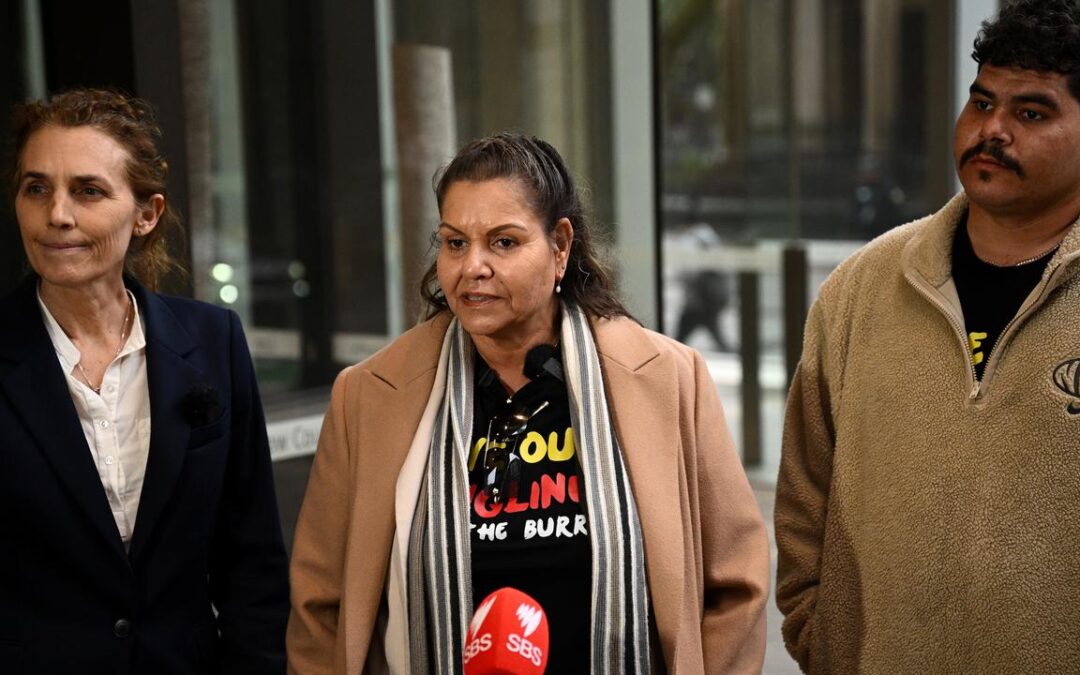
Custodian ‘sick of waiting’ on heritage decision
A Traditional Owner who launched a legal bid to compel the government to consider a cultural heritage application to protect ancient rock art on her Country says she’s thrilled to finally have the matter heard in court.
Mardathoonera woman Raelene Cooper submitted an application under section 10 of the Aboriginal and Torres Strait Islander Heritage Protection Act in February 2022, in a bid to protect her Country in Western Australia’s Pilbara region.
The area, known as the Burrup Peninsula, or Murujuga, contains some of the world’s oldest and largest petroglyphs.

Ms Cooper has long opposed Woodside’s North West Shelf extension and other industrial developments in the area, fearing for the future of this unique collection of rock art.
In May, Ms Cooper launched action in the Federal Court to compel Environment Minister Murray Watt to consider her section 10 application.
The action came a week before Mr Watt granted interim approval of the North West Shelf extension until 2070, which was met with opposition from environmental groups and Traditional Owners.
Outside the Federal Court in Sydney on Wednesday, Ms Cooper said it had been a “good day” and she was thrilled to have the matter heard.
“It’s a huge weight off our shoulders,” she told reporters.
During the hearing, lawyers for Ms Cooper told the Federal Court there has still not been a decision made on Ms Cooper’s section 10 application, more than three years after it was first lodged.
“It is plain, almost beyond argument that three-and-a-half years grossly exceeds a reasonable time for the making of that decision,” barrister Edward Muston said.
Lawyers for the government argued the department was doing its best with a significant volume of work and limited staff to deal with section 10 applications, of which it had seen an influx while Ms Cooper’s application was being considered.

Mr Muston said a report prepared for then-federal environment minister Tanya Plibersek was met with a period of “outwardly facing inactivity”.
While the report found there was no conclusive evidence that industrial emissions were harming the ancient petroglyphs at Murujuga, it did make a number of recommendations to protect Indigenous heritage in the area.
One of the recommendations was fertiliser developer Perdaman should drop plans for a causeway across the site of its urea plant in the area.
Mr Muston said while the environment minister had this report, Western Australia’s government had given the green light for this causeway and construction was underway.
Ms Cooper said even as the case is being heard, development continues on the Burrup Peninsula, and as processes drag, she fears for her Country.
“I am sick of waiting for the government to do its job,” she said.
“I commenced these proceedings to require the minister to do his ministerial duty and make a decision.
“If the minister waits any longer, there will be nothing left to protect.”
Justice Angus Stewart reserved his decision on the matter.
13YARN 13 92 76
Lifeline 13 11 14

Children with autism to be moved off NDIS in overhaul
Children with autism will be moved off the NDIS and into a new program after a surge in the number of young people on the scheme.
Disability Minister Mark Butler used a speech at the National Press Club on Wednesday to say the NDIS was not the right fit for children on the autism spectrum or with development delays.
A separate program called Thriving Kids will instead be set up to focus on those children previously covered by the NDIS.
It will begin rolling out from July 2026 and be fully implemented by July 2027.
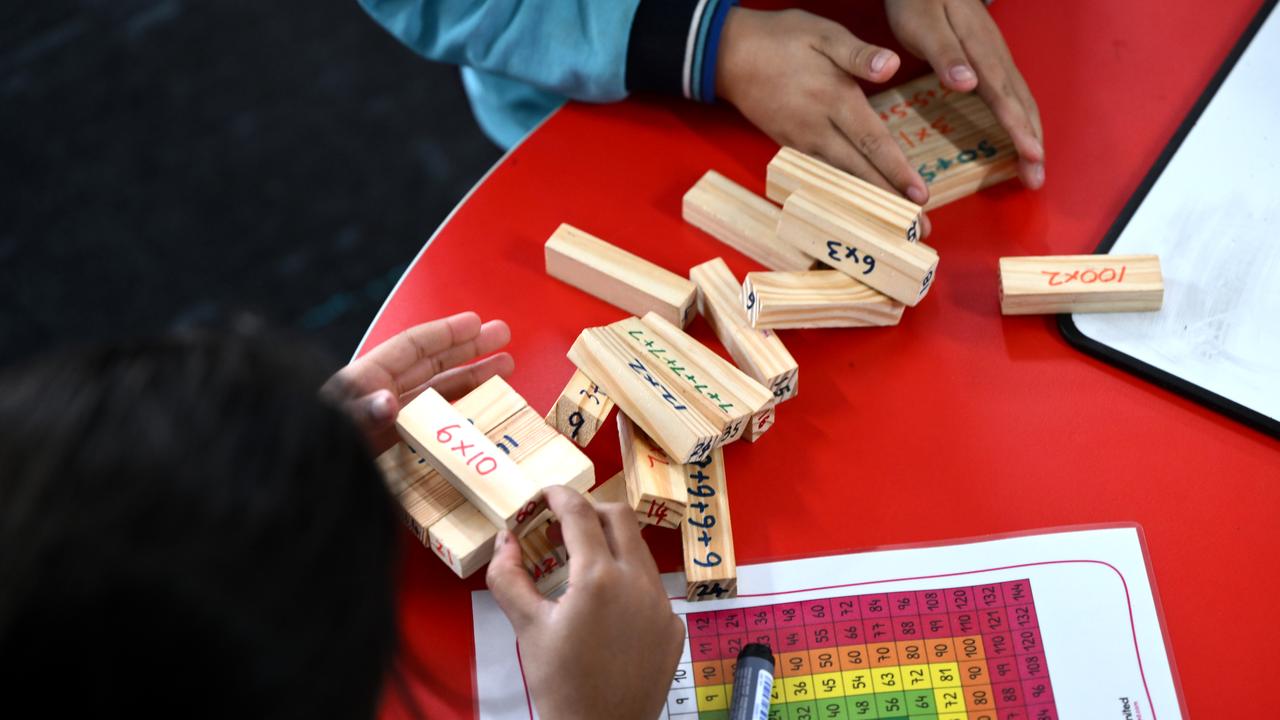
“I know this will be hard for some parents to hear, and I don’t say it lightly,” Mr Butler said in the speech.
“We need as a matter of some urgency to create a better system that will enable our children to thrive.
“Diverting this group of kids over time from the NDIS is an important element of making the scheme sustainable and returning it to its original intent.”
The minister said while one in 50 people had a significant disability which would be covered by the NDIS, one in five young children were on the autism spectrum or had a developmental delay.
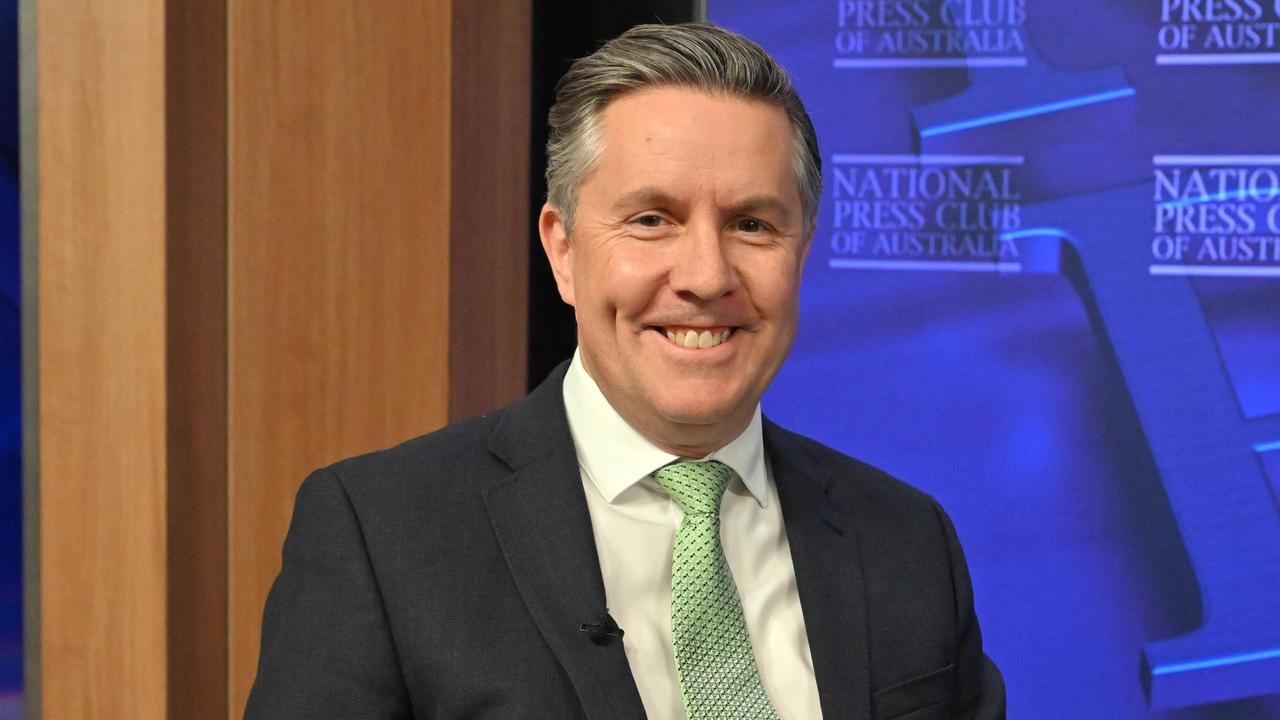
Mr Butler said the changes would help to bring down the cost of the NDIS, with taxpayers set to fork out more than $52 billion for the scheme in 2025/26.
Laws passed in 2024 put in place a cap on spending growth of eight per cent per year.
But Mr Butler said the existing level of growth was unsustainable in the long term and a cap of between five and six per cent would be more effective.
“After we achieve our current target, a further wave of reform will be needed to get growth down to a more sustainable position,” he said.
“There’s no significant change in disability prevalence in the community, and the scheme is now fully rolled out. So growth should really reflect unit price inflation plus growth in Australia’s population.”

Of the estimated 5.5 million people in Australia living with disability, the NDIS covers fewer than 700,000.
Mr Butler’s speech at the National Press Club follows the federal government’s announcement of an NDIS Reform Advisory Committee on Tuesday to oversee how the laws are implemented.
NDIS Minister Jenny McAllister said the committee would ensure changes to the scheme were implemented with “transparency, integrity and accountability”.
“Australians with disability, and those who care for them, deserve no less,” she said.
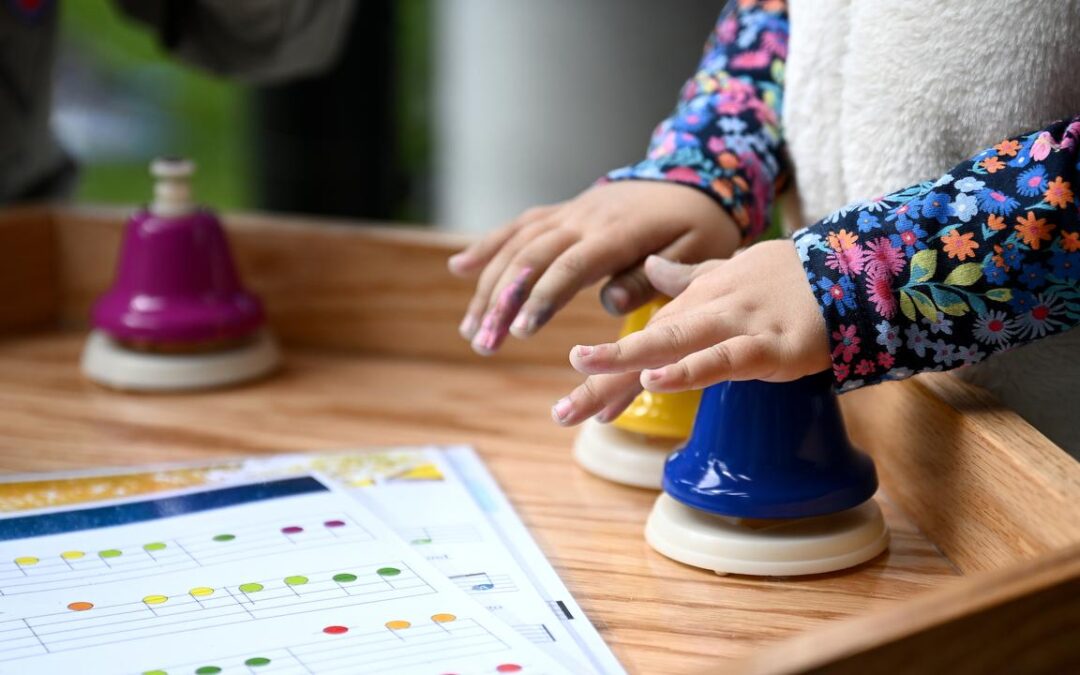
‘No silver bullet’: review calls for childcare shake-up
Childcare workers should be able to have their clearances pulled based on unproven allegations, a snap review has found.
The sweeping review of Victoria’s childcare sector, led by former South Australian premier Jay Weatherill and veteran public servant Pamela White, was released on Wednesday.
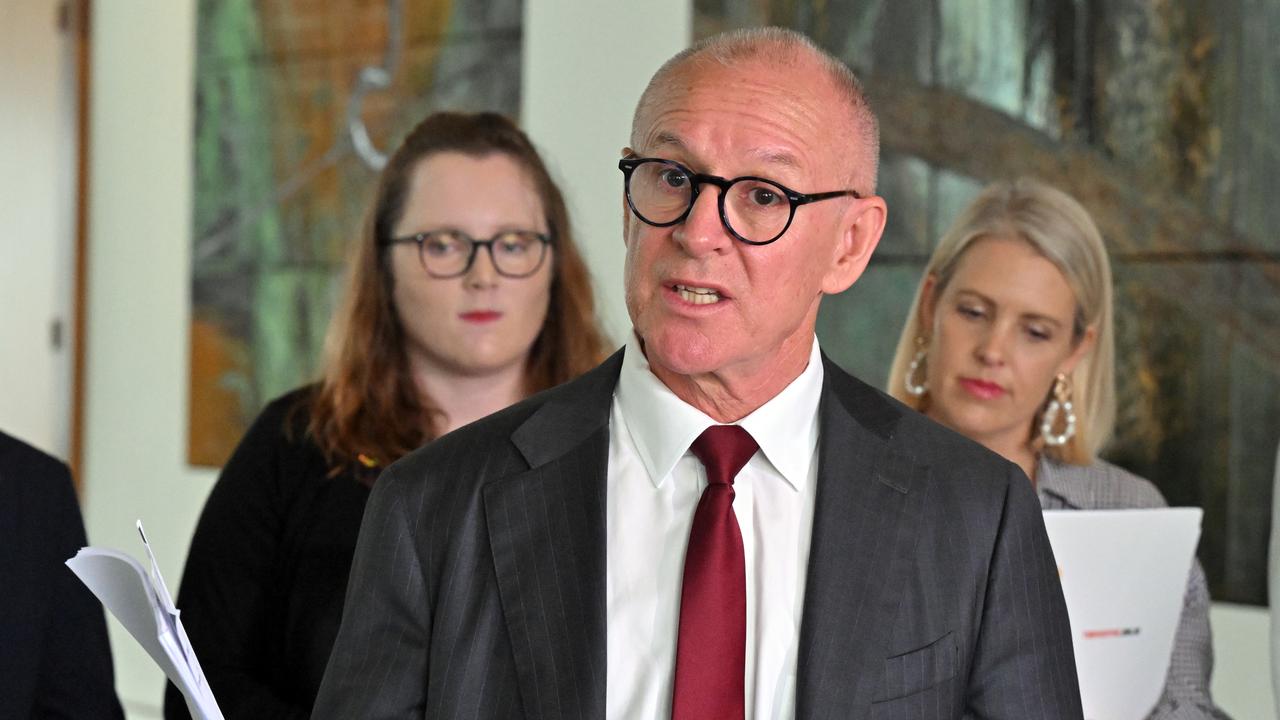
Chief among its 22 recommendations was for working with children checks to be overhauled so they can be suspended or refused when there are “credible allegations or patterns of behaviour” with children.
The review was set up in early-July after authorities lifted the lid on Melbourne childcare worker Joshua Dale Brown being charged with more than 70 sexual abuse offences.
He had a valid working with children check.
The review said the state’s permit regime, along with the reportable conduct scheme, should no longer sit within the separate entities of the Department of Government Services and Commission for Children and Young People.
The systems should be brought together under the same roof of the social services regulator as the trail of information that can identify a predator’s behaviour sits in “too many places”.
Limitations on the commission’s ability to share information on unsubstantiated allegations must also be removed, the review said.
“The review heard repeatedly about the ‘breadcrumbs’ that can be missed by the failure to piece information together,” the 103-page document reads.
The changes to the schemes should be implemented in concert with harsher penalties to match the seriousness of breaches, as well as more frequent unannounced compliance visits.
“No matter how hard we try to keep predators out, some will get through,” the review said.
“The system needs to be able to spot them and act quickly.”
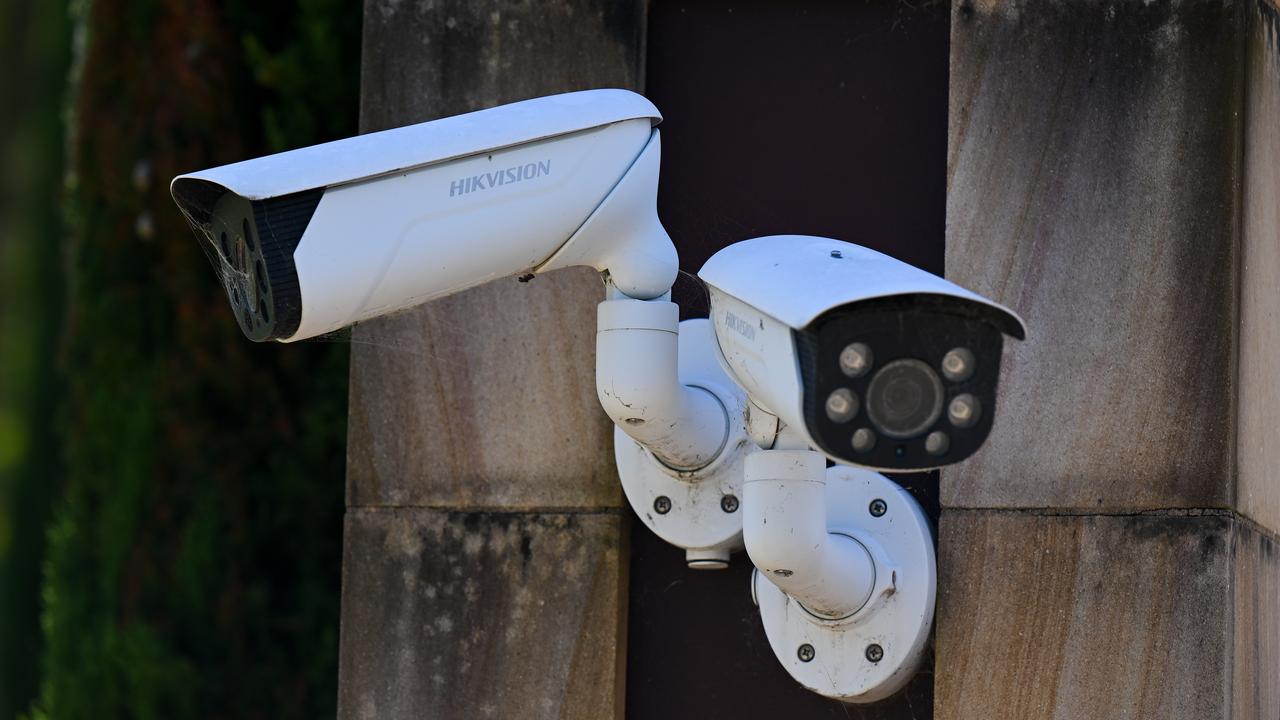
However, the review stopped short of calling for mandatory CCTV in all childcare state facilities and instead recommended a national trial.
A national review should also be set up to consider introducing a “four eyes” rule of two adults visible to each other while with children and a federal funding program to improve sight lines in centres.
A parent told the review families’ distress stemmed from childcare being a necessity rather than a lifestyle choice.
“We live in a society and an economy now where it is very rare for a household to stay afloat on one income,” they said.
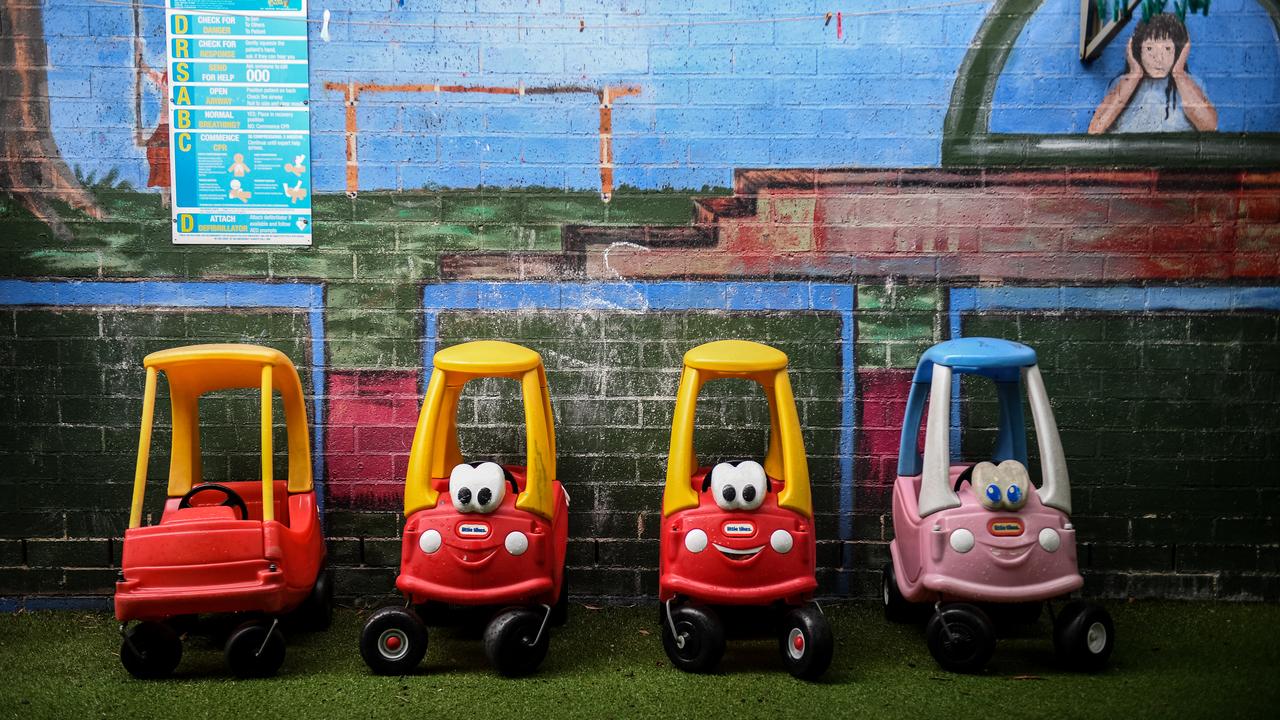
The review found the sector has undergone rapid growth over the past decade without a “coherent plan”.
Long day care services in Victoria have grown from 1280 to 2049 since 2015, with 94 per cent of new centres for-profit providers.
At the same time, the sector is facing significant workforce challenges from shortages, casualisation and high turnover rates.
The review called for a national Early Childhood Reform Commission to be established to support a “fundamental reset” of the sector.
“Removing bad actors from the system cannot wait for this longer-term work to occur,” the 103-page document read.
“There is no silver bullet.”
The Victorian government will release its formal response later on Wednesday but previously committed to enact all recommendations.
Many of the recommendations are directed at the federal government, with the state urged to share the review with the Commonwealth and other jurisdictions as soon as possible.
Federal, state and territory education ministers are due to meet on Friday.
KEY RECOMMENDATIONS:
* Create a national early childhood reform commission
* Accelerate a national early childhood worker register
* Establish a process for high-quality providers to take over a cancelled service
* Overhaul working with children check and reportable conduct schemes
* Establish an independent early childhood education and care regulator
* Set up a more rigorous inspection regime, including increased unannounced inspections
* Increase penalties for offences
* Trial CCTV in early childhood education and care settings across the nation
* Improve staff ratios and lines of sight in centres.
1800 RESPECT (1800 737 732)
National Sexual Abuse and Redress Support Service 1800 211 028
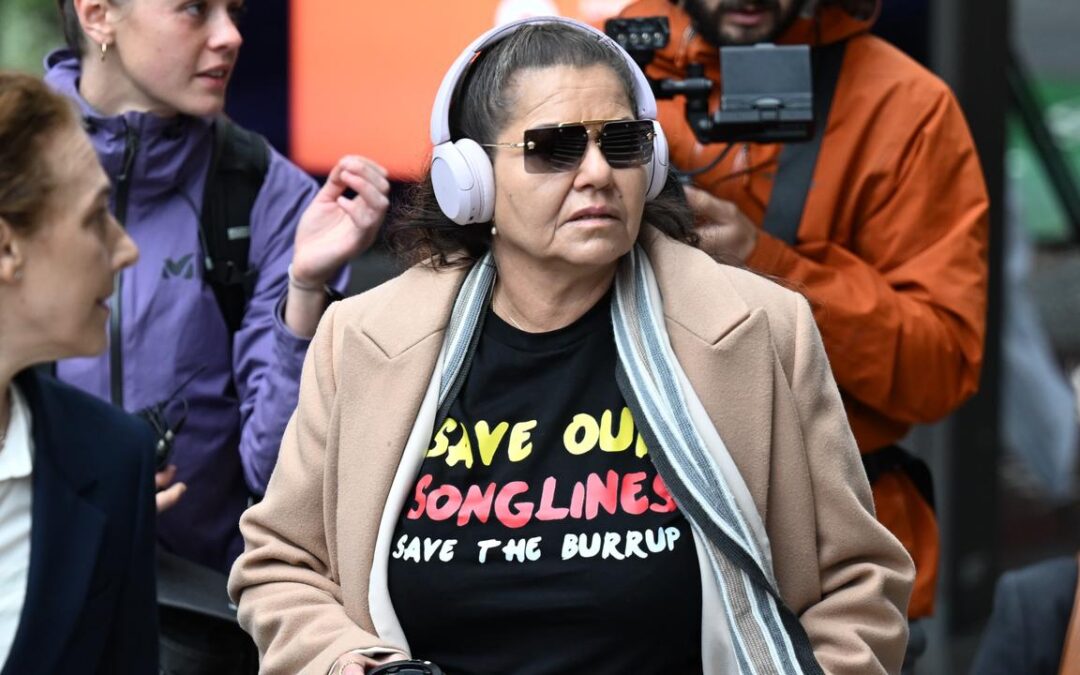
Court battle to protect ancient rock art heats up
The time it has taken for the federal environment minister to consider an application to protect Indigenous rock art has “grossly exceeded” what is reasonable, a court has been told.
Mardathoonera woman Raelene Cooper submitted an application under Section 10 of the Aboriginal and Torres Strait Islander Heritage Protection Act in February 2022, in a bid to protect her Country in Western Australia’s Pilbara region.
The area, known as the Burrup Peninsula, or Murujuga, contains some of the world’s oldest and largest petroglyphs.
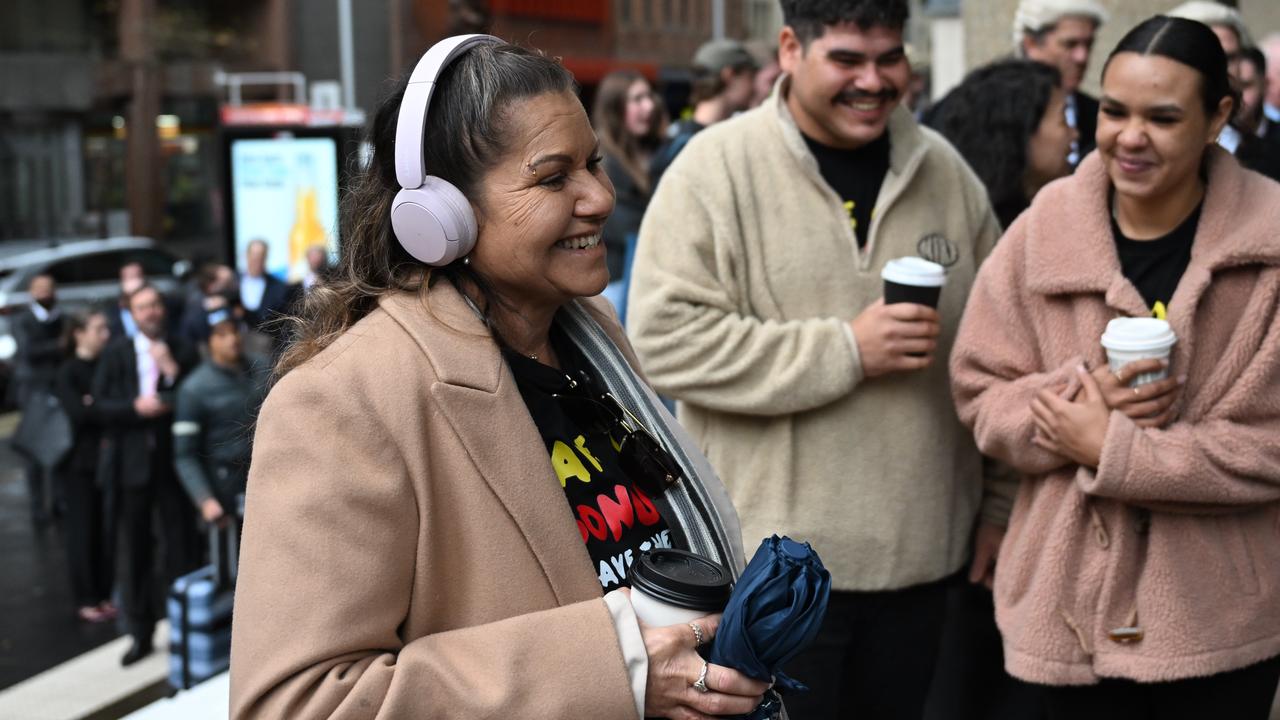
Ms Cooper has long opposed Woodside’s North West Shelf extension, and other industrial developments in the area, fearing for the future of this unique collection of rock art.
In May, Ms Cooper launched action in the Federal Court to compel Environment Minister Murray Watt to consider her Section 10 application.
The action came a week before Mr Watt granted interim approval of the North West Shelf extension until 2070, which was met with opposition from environmental groups and Traditional Owners.
On Wednesday, lawyers for Ms Cooper told the Federal Court in Sydney there has still not been a decision made on Ms Cooper’s application, more than three years after it was first lodged.
“It is plain, almost beyond argument that three-and-half years grossly exceeds a reasonable for the making of that decision,” they said.
Ms Cooper’s lawyers said a report prepared for then-federal Environment Minister Tanya Plibersek was met with a period of “outwardly facing inactivity”.
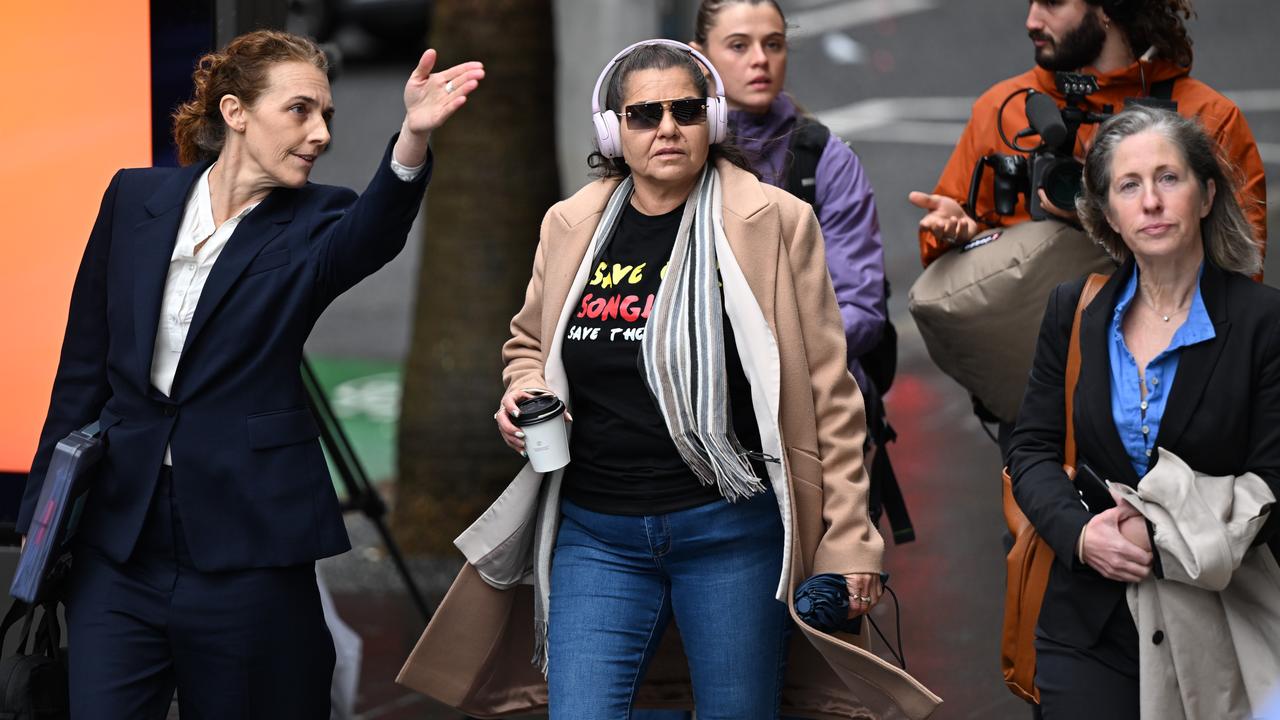
While the report found there was no conclusive evidence that industrial emissions were harming the ancient petroglyphs at Murujuga, it did make a number of recommendations to protect Indigenous heritage in the area.
One of the recommendations was fertiliser developer Perdaman should drop plans for a causeway across the site of its urea plant in the area.
Ms Cooper’s lawyers said while the environment minister had this report, the Western Australian government had given the green light for the construction of this causeway and construction was underway.
“At a bare minimum … it was unreasonable not to have made a decision for so long that the very thing that was presenting a threat, identified quite clearly by the reporter, was able to occur and largely be completed,” they said.
13YARN 13 92 76
Lifeline 13 11 14
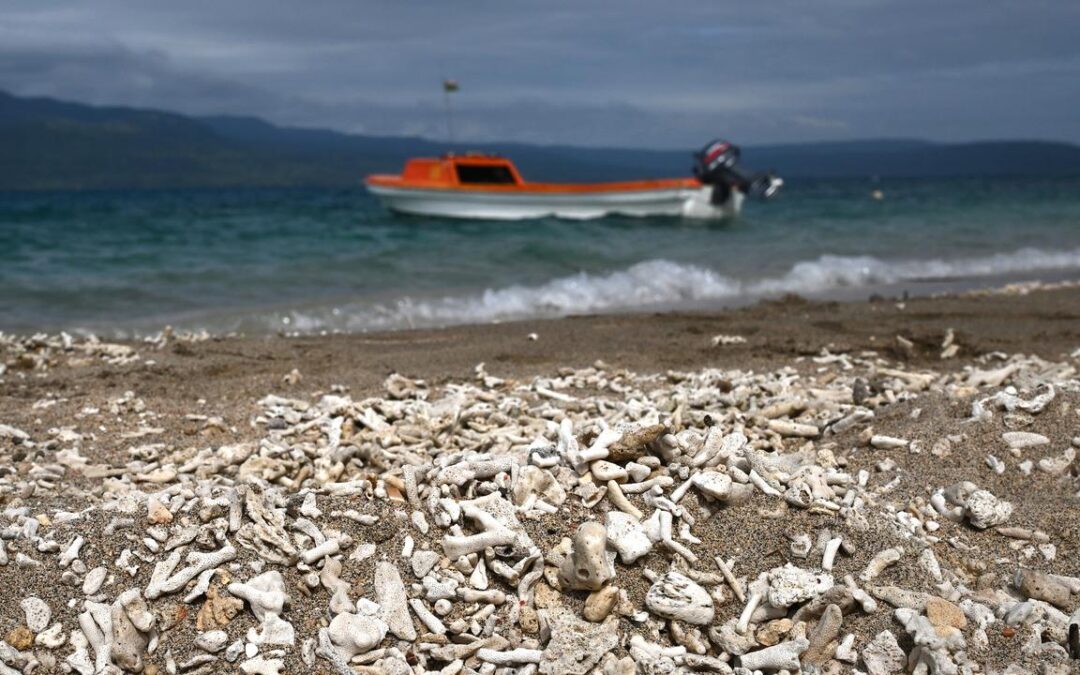
Pacific nations make passionate plea amid climate fears
Pacific leaders have made a passionate plea for help as climate change threatens some of the world’s smallest nations.
Countries on the climate crisis frontline have called for investment and partnerships to build resilient infrastructure at a packed Pacific conference on Wednesday.
“Give us the resources. Give us the tools so we can manage our future,” Cook Islands Deputy Prime Minister Albert Nicholas said.
Nations have already benefited at the Pacific Infrastructure Conference in Brisbane, with Australia confirming it would extend direct flights to Palau for another year.
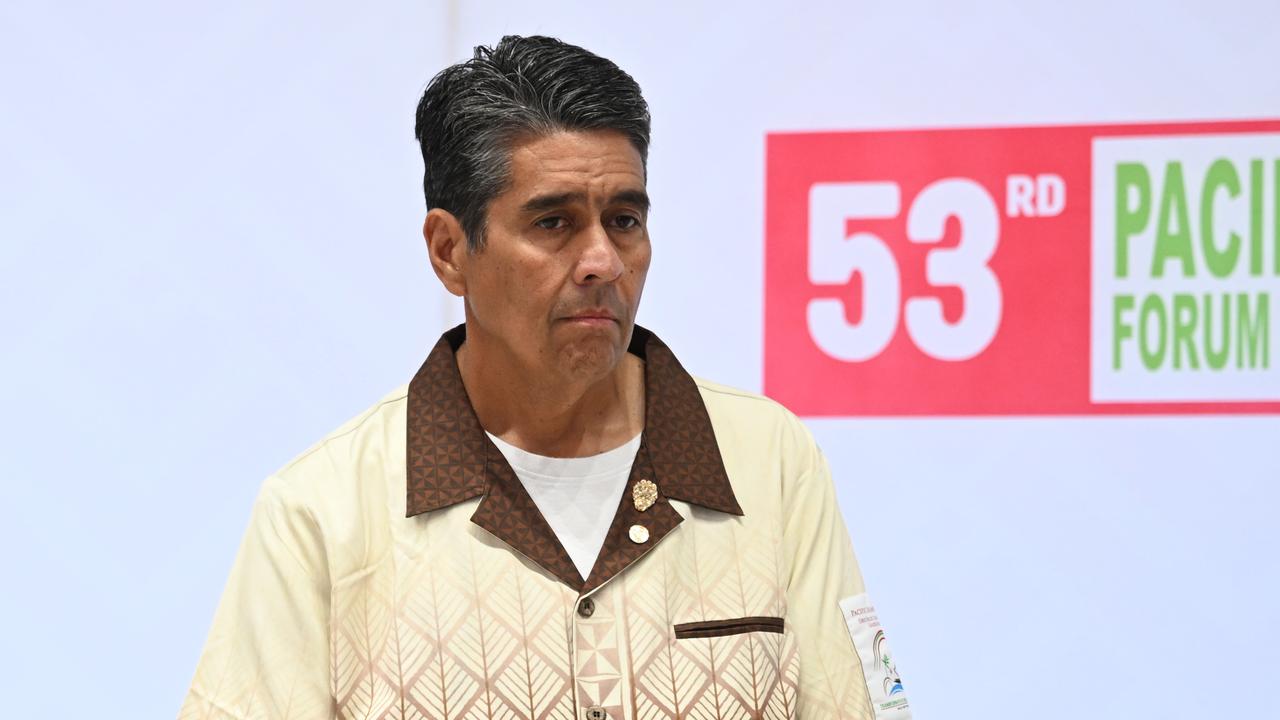
While tourism provided a spark, Palau President Surangel Whipps Jr said building quality infrastructure would be the region’s priority amid the climate change threat.
However he warned they couldn’t afford any more loans after the COVID-19 pandemic.
“Our goal is to really transform our economy, to strengthen the resilience, the connectivity and the security of our entire blue Pacific,” he told more than 500 delegates at the conference.
“But … we really can’t take more money out to build infrastructure through loans.
“We need partners … it’s through those partnerships that we are able to have this aggressive approach to infrastructure development.”

Australia’s Pacific Island Affairs Minister Pat Conroy told the conference quality and resilient infrastructure would help combat the climate change threat.
Australia has committed almost $2 billion to 56 projects across 11 nations in the region through the Infrastructure Financing Facility for the Pacific.
The commonwealth has also established a $350 million Pacific climate infrastructure financing partnership.
Mr Conroy had earlier confirmed sustained flights from Brisbane to the tiny nation of Palau through to 2026, with the more than 4000km route continuing with Qantas.
“Pacific leaders have rightly declared climate change is the number one threat to the security of their people,” he told the conference.

Mr Whipps Jr said ensuring quality infrastructure projects would benefit the region’s residents and economies as they combat the climate change threat.
“When we invest in projects that improve climate resilience, create jobs, enable trade, we do not just advance one’s nation’s development, we lift the prospects of our region as a whole,” he said.
Mr Nicholas said there was an obvious shortfall between Cook Islands’ budget and the level of ambition for infrastructure development.
He hoped development partners and international private capital could help make it a reality for the Cook Islands.
“In delivering infrastructure development, our experience is that the one-size-fits-all approach to procurement perhaps does not suit our scale,” he told the conference on Wednesday.
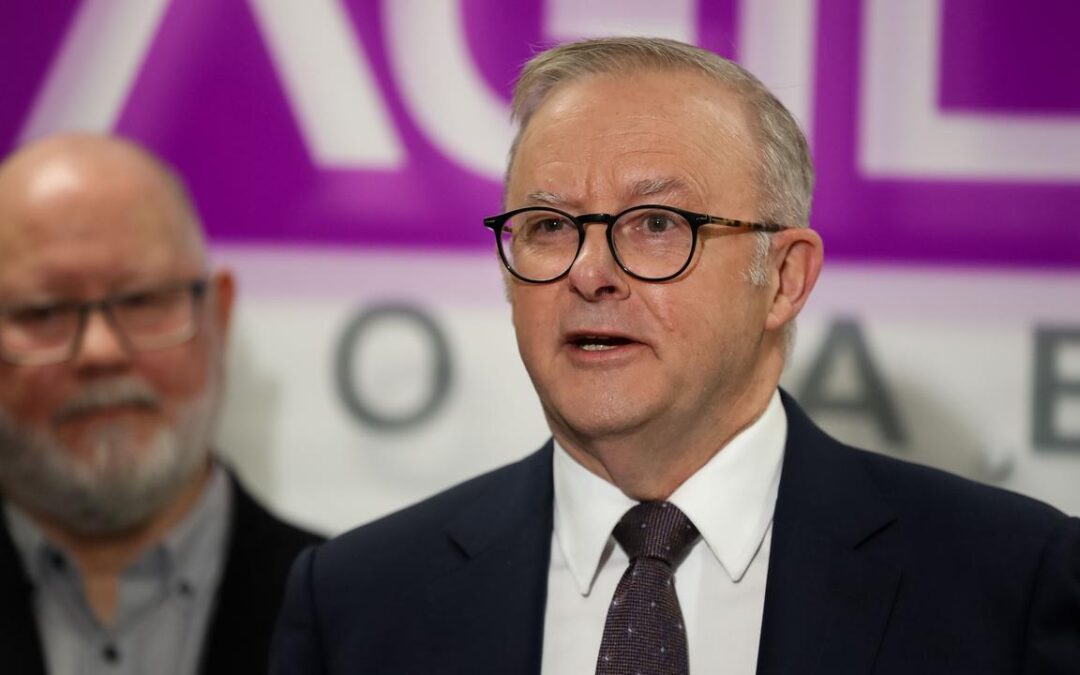
Albanese shrugs off swipe from angry Israeli leader
Anthony Albanese has downplayed personal attacks from Benjamin Netanyahu, as a federal minister called out Israel’s prime minister over “blowing up” Palestinians and starving children.
Mr Netanyahu called his Australian counterpart a “weak politician” in a social media post, claiming he had abandoned Jewish Australians.
The comments followed escalating diplomatic tensions after the federal government denied a visa to far-right Israeli politician Simcha Rothman, who was set to undertake a speaking tour of Australia at the invitation of a fringe Jewish group.
The Israeli government retaliated by cancelling the visas of three Australian representatives to the Palestinian Authority and ordering embassy staff to apply extra scrutiny to Australian applications to enter Israel.
Mr Albanese said he would continue to engage with Mr Netanyahu, brushing off the social media criticism from Israel’s leader.
“I don’t take these things personally. I engage with people diplomatically. (Netanyahu) has had similar things to say about other leaders,” he told reporters in Adelaide on Wednesday.
“There is a global concern, because people want to see an end to the cycle of violence that we have seen for far too long. That is what Australians want to see as well.”
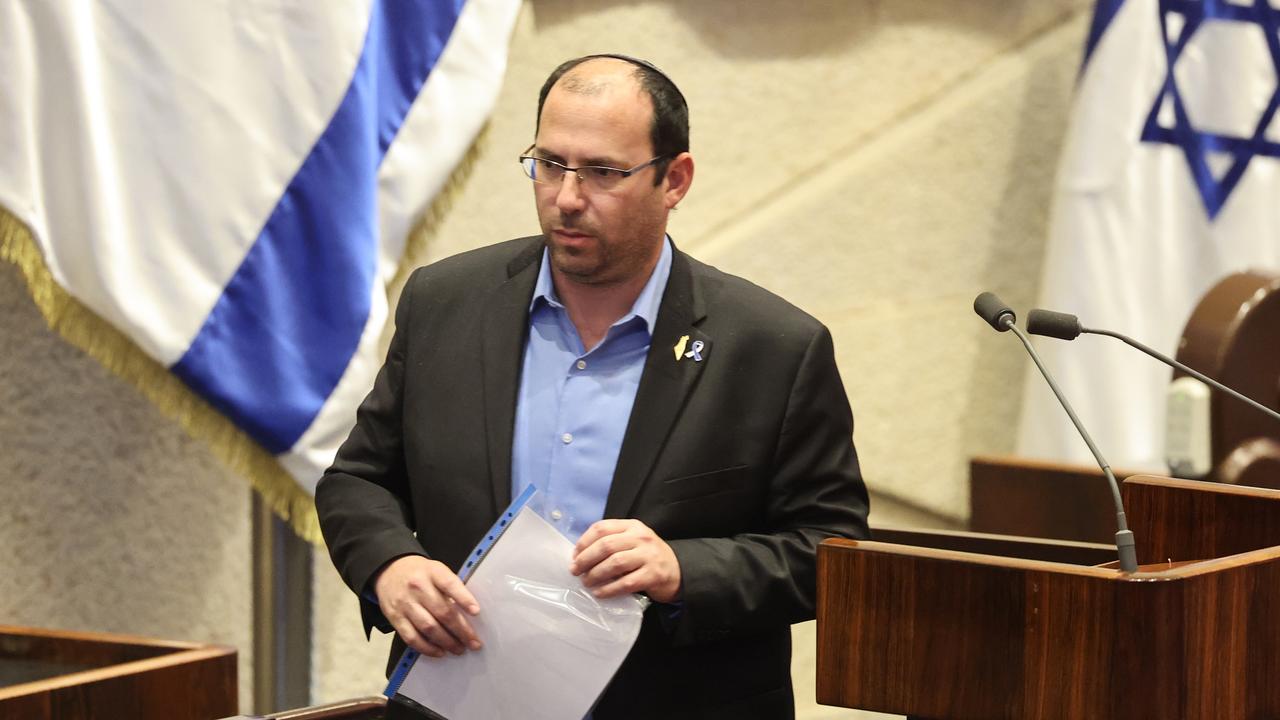
Mr Albanese said he would continue to press Australia’s position on Palestine to Israel’s leader.
It comes as Home Affairs Minister Tony Burke said the increasingly “isolated” Israeli prime minister was lashing out, as he had done to other Western leaders who vowed to recognise Palestinian statehood.
“Strength is not measured by how many people you can blow up or how many children you can leave hungry. Strength is much better measured by exactly what Prime Minister Anthony Albanese has done,” he told ABC Radio on Wednesday.
“When there’s a decision that we know Israel won’t like, he goes straight to Benjamin Netanyahu, he has the conversation, he says exactly what we’re intending to do, and has the chance for the objections to be made person-to-person.”
In revoking the visas of the Australian diplomats, Israel’s Foreign Minister Gideon Sa’ar cited Australia’s decision to recognise Palestine, as well as the refusal to grant visas to Mr Rothman and former Israeli minister Ayelet Shaked.
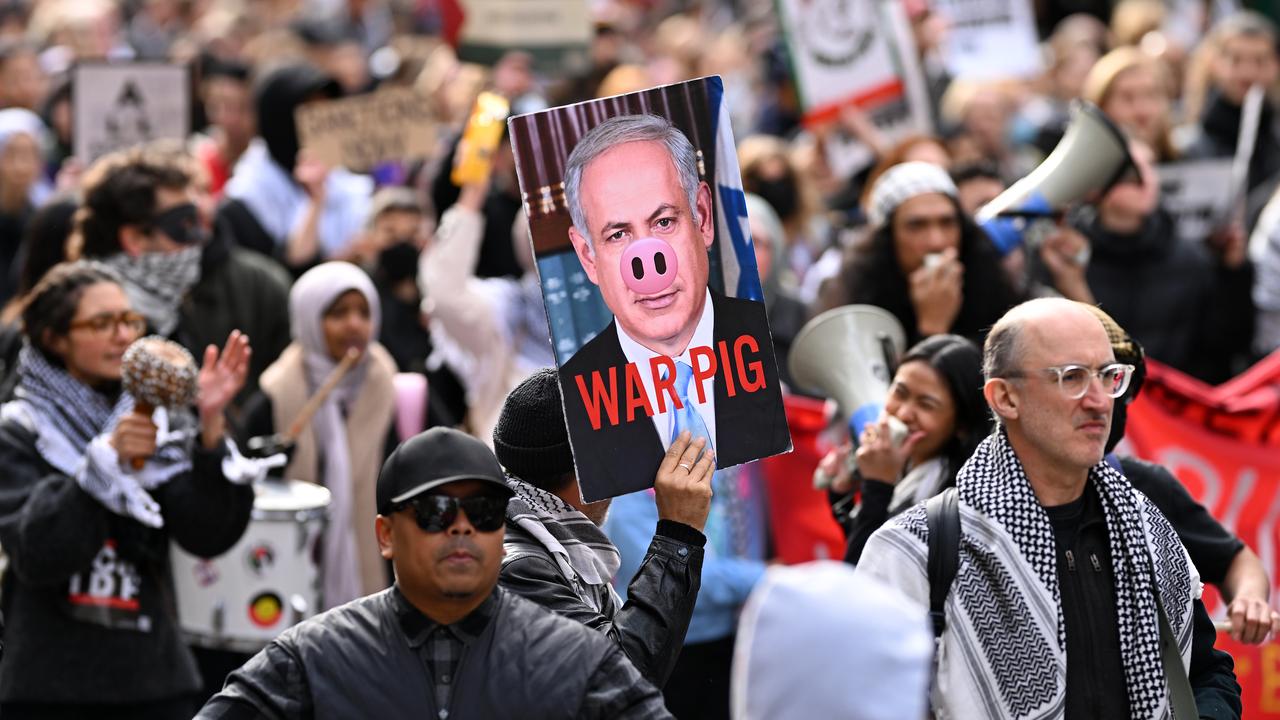
Labor MP Josh Burns, who is Jewish, said while the language from the Israeli prime minister was a “poor reflection”, he also wants a softening of language from Mr Burke.
“I completely understand that Tony feels passionately about this, but personally, what I would say in this moment is what’s really important is that everyone take s a big, deep breath,” he told ABC Radio.
Opposition Leader Sussan Ley said the prime minister needed to outline how Australia would repair diplomatic ties with Israel, but also said Mr Albanese needed to be respected by other world leaders.
“While our prime minister, whoever that may be, should be respected, what has happened is that the relationship has deteriorated, and that failure is becoming apparent,” she told reporters in Sydney.
“Respect goes both ways, and the series of events we have seen in the relationship between Israel and Australia are regrettable.”
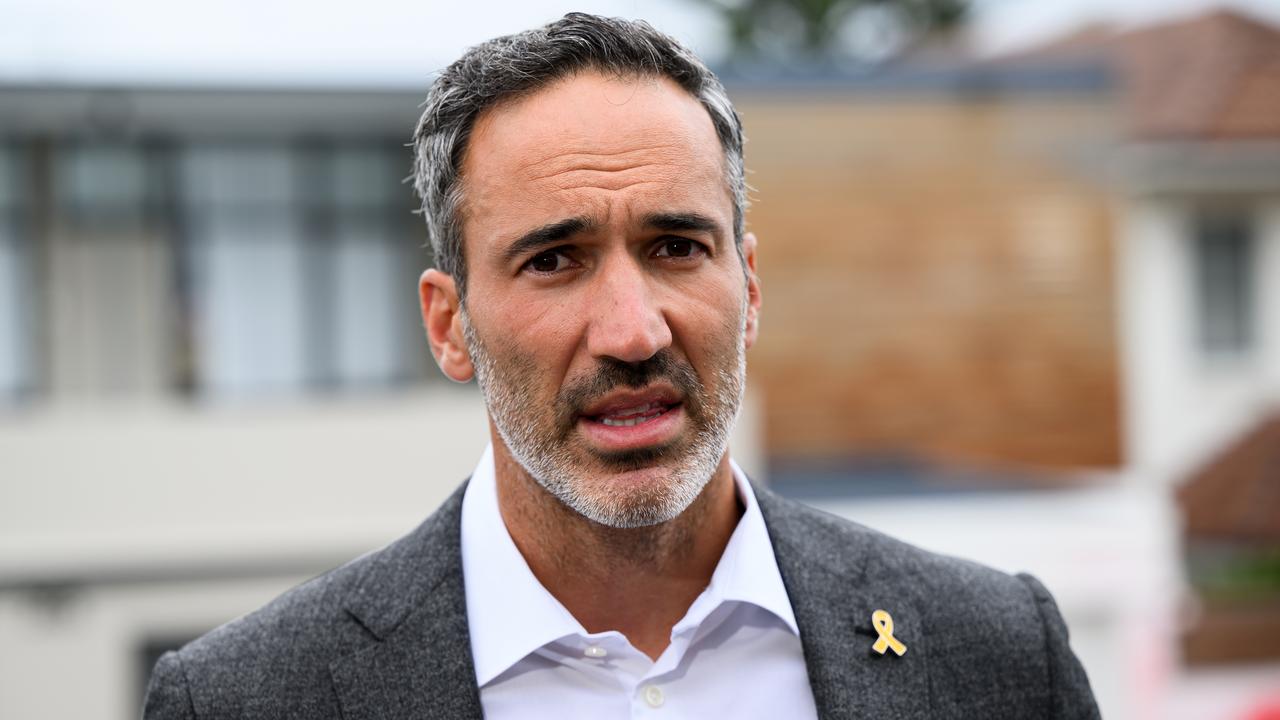
Executive Council of Australian Jewry co-chief executive Alex Ryvchin said the Jewish community was disturbed by the deteriorating relationship between the two nations, urging for a lowering of the tone of debate.
“None of this is served or advanced through this public exchange of insults that’s taken place right now,” he told reporters in Sydney.
“I hope it’s just rhetoric that can blow over and, again, I hope that leaders can pick up the phone and talk through their differences.”
Mr Ryvchin said the Jewish community had not felt abandoned by the government, despite Mr Netanyahu’s criticisms.